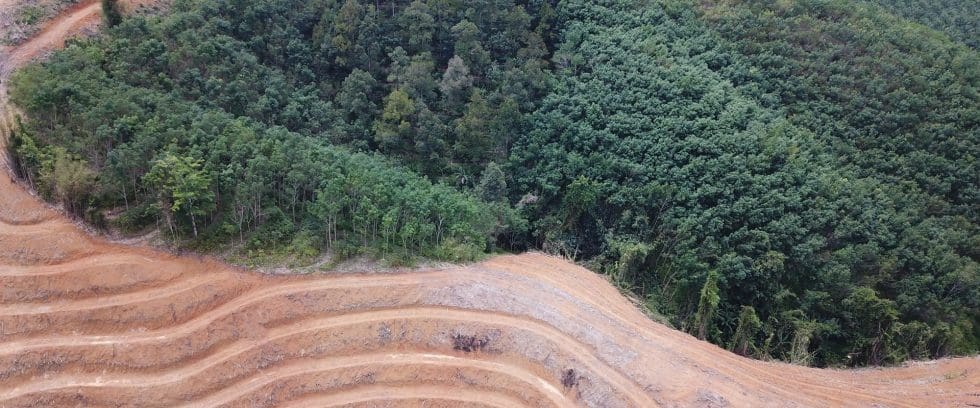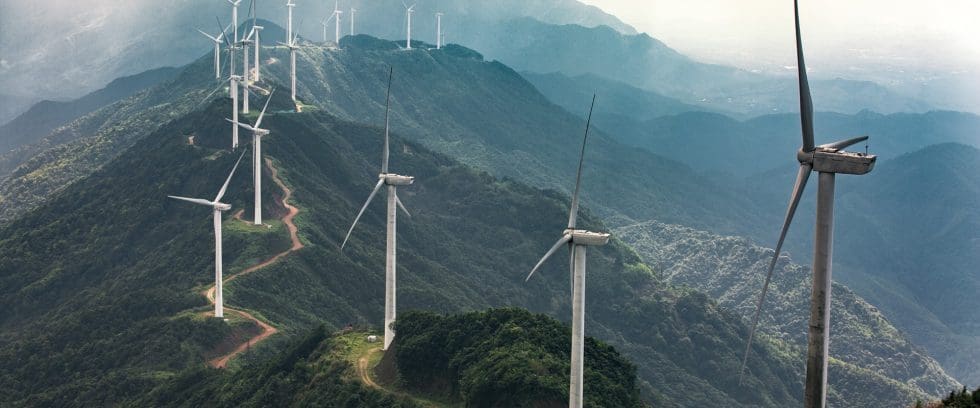COP 27 is here – What is it trying to achieve?
Investment
On Monday, global stakeholders will gather in Sharm-el-Sheikh, Egypt, to begin international negotiations on climate change under the United Nations banner. Compared to last year, given all the distractions with the geopolitical issues and the economy, there has been limited climate conversation in the lead up to the 27th Conference of the Parties (COP). However, the timing couldn’t have been more appropriate.
COP 27 is landing in the midst of a war-fuelled energy crisis that demonstrates global energy markets are not currently aligned with the Paris Agreement goals. As the cost-of-living soars and fears of energy supply disruptions continue, many countries’ response has been to re-focus on fossil fuels and ensure energy security at any cost – case in point, UK is encouraging new oil and gas extraction in the North Sea.
It is clear that renewed global attention is essential to get us back on track to meet the Paris Agreement goals. COP 27 will need to build momentum on achievements at COP 26, with last year’s conference increasing global decarbonisation ambition, whilst tackling issues such as financing and carbon markets.
Heading into COP 27, government negotiation positions are reflecting the strong need for a justice angle, to speak to the inequalities of climate change. Key areas to highlight include:
Financing as the clincher
Developing countries are making further climate commitments contingent on developed country financing. With the loss and damage mechanism (to remedy irreversible climate-related devastation that cannot be mitigated or adapted to1) as the sticking point, opposed by the EU and US. Developed countries will also be called upon to meet their $100 billion a year climate finance commitment (with India requesting this be scaled to $1 trillion a year2), as well as ramping up adaptation financing.
Increasing the ambition of the Nationally Determined Contributions (NDCs3)
The adaptation goal has received insufficient attention to date and emphasis will be placed on countries’ NDCs increasing their provisions to adapt to a changing climate. Governments will need to close the gap to deliver the Paris Agreement mitigation goal of a well below 2⁰C scenario, with ambition to 1.5⁰C (as current global climate policies do not go far enough, equating to a 2.1⁰C outcome4). There will also be a focus on implementation, to move beyond rhetoric to action (with any emphasis on “high emitters” a potential hard line for China).
Raising the profile of carbon markets
The supervisory body will present carbon market recommendations at COP 27, with negotiations being polarised across the transparency of accounting and whether emissions removals are permitted5, and if so, which types of removals would be eligible. This will have significant implications for existing global carbon markets (both voluntary and regulatory).
Over the next couple of weeks, we will be providing an Isio view on how the negotiations are going, as well as post-conference wrap-up on the key take-aways for investors. Regardless of how these negotiations go, the time for investor action on climate is now.
Sources and notes
1Sarr, M.D. (2022) At COP 27, support poorest for climate loss and damage
2Carbon Brief. (2022) Who wants what at the COP 27 climate change summit
3NDCs are voluntary country climate policy commitments under the Paris Agreement on climate change
4Climate Action Tracker. (2021) The CAT Thermometer
5This can include nature-based solutions (e.g. reforestation) or man-made technologies (e.g. carbon capture utilisation and storage).
Get in touch
Talk to us today to see how our bolder thinking can get you better results.


